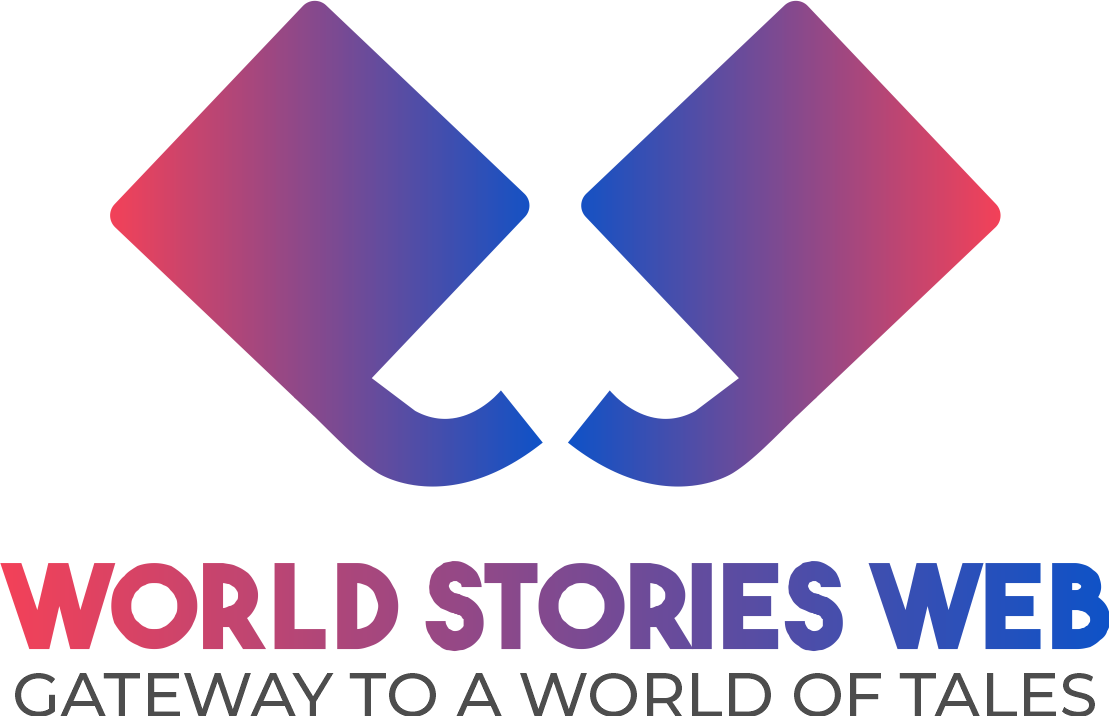
Once upon a time, the phrase “student job” raised eyebrows. It evoked images of waiting tables, folding shirts in retail shops, or tutoring neighborhood children. It was a rite of passage. An act of necessity rather than choice. But the picture has altered. A new generation, raised on algorithms, self-branding, and economic uncertainty, has rewritten the meaning of work itself. According to a recent survey by Aviva, students in the 2020s are nearly twice as likely to have a side hustle as those who studied in the 1980s. Where 38% of 1980s students juggled part-time gigs alongside lectures. 65% of today’s students are running parallel ventures, often digital, creative, and surprisingly entrepreneurial.The shift is more than numbers. It is a cultural marker of a world where the boundaries between learning, earning, and dreaming have blurred. Since the value of degrees is withering, and students are no longer waiting for diplomas to define their careers. They are building them on the side. From selling art on Etsy to running delivery routes or curating TikTok content, the “side hustle” has evolved into both a financial cushion and an identity statement. The age of waiting for opportunity has ended. The 2020s student creates it.
The survey speaks: Money, motivation, and modern work
The Censuswide survey, conducted across the UK between September and October, drew insights from over 600 current and former students. Its findings illuminate a remarkable evolution. While economic necessity still drives most to moonlight, a growing segment is motivated by curiosity and creativity. About 30% of students studying between 2020 and 2025 reported selling goods through online shops, turning passion projects into steady income streams.Interestingly, today’s hustlers are also redefining commitment. According to the report, nearly a third (32%) of them devote 11 hours or more per week to their ventures, a smaller percentage than the 44% of 1990s students who clocked similar hours, suggesting a generation more focused on efficiency, automation, and scalability.
From side hustle to core identity
What was once a supplementary income stream has begun to morph into something profound: a pillar of modern professional identity. In the 2020s corporate world, recruiters increasingly view entrepreneurial side ventures not as distractions but as demonstrations of initiative, digital literacy, and resilience. A student who has run an online tutoring business or launched a content channel brings to the table not just academic knowledge but marketing acumen, financial management, and adaptability—skills prized in a post-pandemic, AI-driven economy.What was once a supplementary source of income has begun to morph into something pivotal: A pillar of modern professional identity. In the 2020s corporate world, recruiters increasingly view entrepreneurial side ventures not as distractions but as demonstrations of initiative, digital literacy, and resilience. The side hustle has thus become both a proving ground and a preview. It teaches the art of pitching, the discipline of deadlines, and the nerve to fail publicly. In a world where corporate hierarchies are flattening, and work is as much about personal brand as position, these mini-enterprises serve as incubators for future leaders.
When passion becomes profession
The line between vocation and avocation has never been thinner. For some, side hustles remain financial lifelines, ways to afford rent or tuition in an age of inflation. For others, they’re acts of rebellion against conventional employment. The pandemic-era explosion of the gig economy gave students the tools and platforms to monetise their creativity. Today, being a part-time YouTuber, digital illustrator, or courier is not an oddity; it’s the norm. Or maybe a way to survive.In many ways, this evolution reflects a quiet disillusionment with traditional career promises. The corporate ladder, once a symbol of stability, now appears brittle. The side hustle, in contrast, represents freedom- freedom to create, to earn on one’s terms, and to chart multiple futures simultaneously.In numerous ways, this evolution reflects a quiet disillusionment with conventional career promises. The corporate ladder, once a symbol, now appears brittle. The side hustle, on the contrary, represents freedom.






